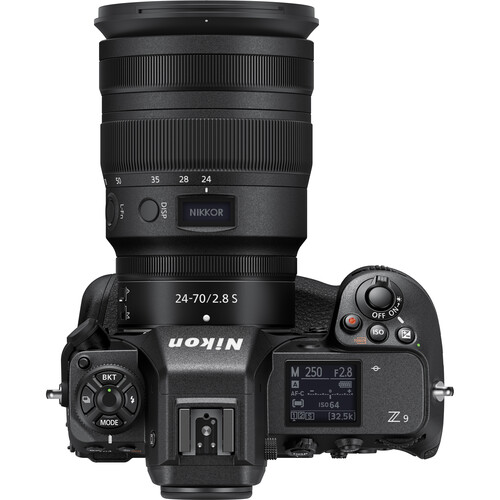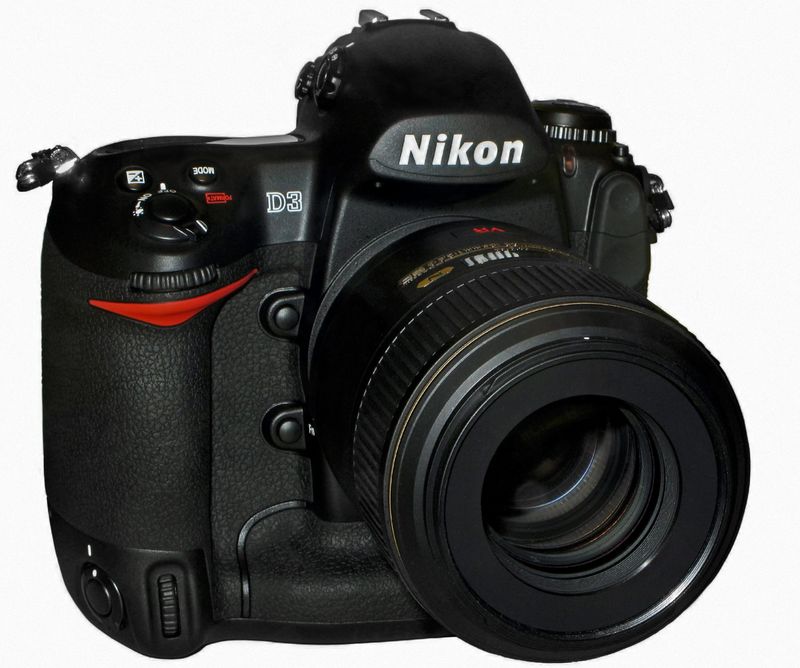Now that the dust has settled on Nikon’s big Z 9 announcement and pundits have chewed the cud over the raft of firsts that the announcement heralded, let’s pause for a moment and consider some of the reality that will undoubtedly follow this.
Now, I will be the first to say that the specifications of the Z 9, as announced last week, were impressive; Nikon deserves effusive admiration for delivering a product that can genuinely compete with Canon and Sony. However, to understand where we are now, it’s important to appreciate where we’ve come from. As I noted recently, Nikon is plowing significant amounts of cash into its research and development. That’s not only its Imaging Division but other expanding divisions as well. However, one of its recovery strategies has been to emphasize making Imaging sustainable (profitable) in the long-term. This strategy meant recognition that the DSLR was dead as a driver of revenue and then effecting a complete reorganization of its camera business by scrapping the 1 System, halting DSLR development, and switching its resources to the Z System. This was an about-face of epic proportions that has forced it to start from a blank page and build its camera business from scratch again. How it has gone about this, in comparison to Canon and Sony, is interesting and will undoubtedly affect all their fortunes going forward. Restructuring has also meant significant job losses as it jettisoned loss-making camera production operations and streamlined its business.
That a flagship camera was in the cards was unquestioned. It was more a case of when it would arrive and how it would compare to the competition. When we are talking pro-spec, we are thinking specifically about fast shooting and autofocus tracking speed, along with excellent low-light performance and high build quality, the latter of which may well include portrait/landscape grips. And of course, price.
Nikon has delivered on this promise and then some. So, what are the headlines? Firstly, there is a magnesium alloy chassis with a water- and dust-resistant design, along with an integrated vertical grip all similar to the D6, but in a 20% smaller body. Secondly, synchronized vibration reduction (with the appropriate lens) offers up to six stops of shake compensation, along with a native ISO of 64 to 25,600. Thirdly, and perhaps Nikon’s Achilles heel in recent years, is fast autofocus. It has now incorporated better subject identification and Eye AF, along with subject tracking and its “Starlight” mode, which is enabled down to -9.5 EV. Fourthly, it can shoot 20 fps in raw for over 1,000 images, hitting 30 fps for JPEGs, and a remarkable 120 fps at 11 megapixels, all with full autofocus. The Canon Eos R3 hits 30 fps at 24 megapixels, with only Sony’s Alpha 1 matching resolution and frame rate.
This neatly brings us on to that sensor or rather the fact that there’s no mechanical shutter in front of the sensor. A mechanical shutter is generally faster than an electronic one (see this good test of the Nikon D850) because most sensors aren’t fast enough to read every pixel at the same time (a so-called global shutter). This determines your flash sync speed (which is around 1/320 second on newer Nikon DSLRs). Nikon is so confident of the speed readout performance of its new sensor that it has entirely removed the mechanical shutter, a move that not only reduces the cost and complexity of the camera but improves its reliability. And of course, the cost is a factor, at $1,000 cheaper than the Sony Alpha 1 and $500 cheaper than the Canon EOS R3. It’s also $1,000 cheaper than its D6.

All of the above shows a surprisingly advanced camera for what is essentially a first-generation mirrorless pro-spec model, albeit taking its cues from the long line of illustrious single-digit D models, best refined in the D6. Matched with what is particularly aggressive pricing, makes the Z 9 a particularly compelling product, yet it won’t sell in bucket-loads. Pro-spec cameras are designed — and priced — for a relatively small segment of photographers and a vanishingly small segment of the population. This is a camera that most photographers do not need, and even if they did, they would quite possibly buy a lower-priced model or rent it at some point. Unsurprisingly then, pro-spec bodies don’t sell in any kind of volume and so aren’t a source of significant income for manufacturers.
What Nikon needs to use it for is twofold. Firstly, they need it to get significant media coverage as marketing for the Z System as a whole, which goes hand in hand with building a network of professional shooters who are evangelical about their products coupled with ambassadors who have a little more latitude. Secondly, the Z 9 is a demonstrator containing the very best technology that Nikon has to offer and is a clear signal of intent for the direction of travel and, perhaps most importantly, what we can expect to filter down into lower-specification cameras.
The Z 9 has been favorably compared to the launch of the D3 and the subsequent awards and accolades that that camera garnered; perhaps what was more important back then was the release of the D700 and D800 derivatives. That was an era-defining pivot point for Nikon, where the technology trickled down from the D3.

Nikon is at a crucial juncture in the development of the Z System that sees it producing a stunning camera to spearhead its recovery. This needs to be seen to be the best camera around, but more than that, sow the seed of promise for the future of the system. As consumers, we need to believe that the technology we see will be in cameras we can soon afford. Nikon faces some significant problems if it is going to succeed. Firstly, its lens roadmap is progressing at a relatively sedate pace. It’s not that I don’t think Nikon will offer the lenses we want, but rather that consumers will go to Sony or Canon to get them if they can’t get them today. Secondly, the post-COVID components shortage will introduce delays. Ok, this will affect everyone, but it delays fulfilling that promise. And finally, Sony and Canon will do their damnedest to spoil the party, with Canon already ramping up the media for the release of the R1. The proof, as they say, is in the pudding, and that means marketshare, which last year was at a worryingly low 8% of mirrorless for Nikon. All eyes will be on it to increase that for 2021 and 2022.
Body image courtesy of Rama via Wikipedia, used under Creative Commons.